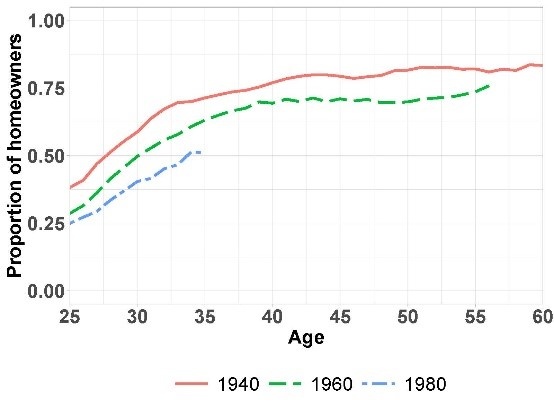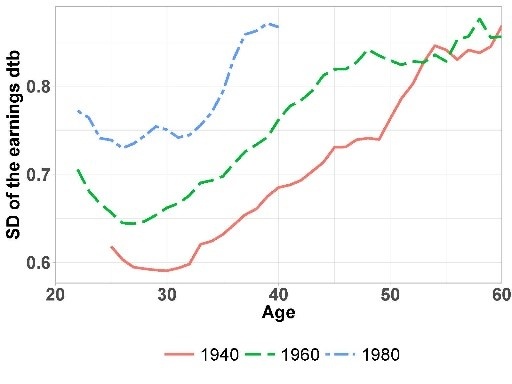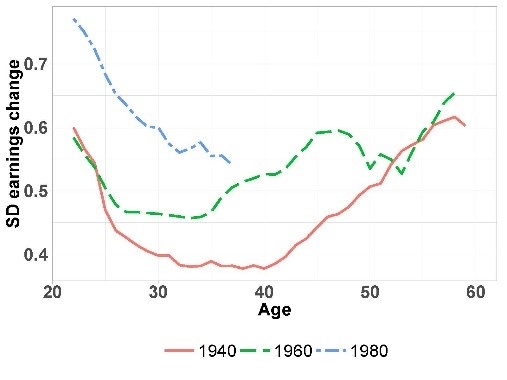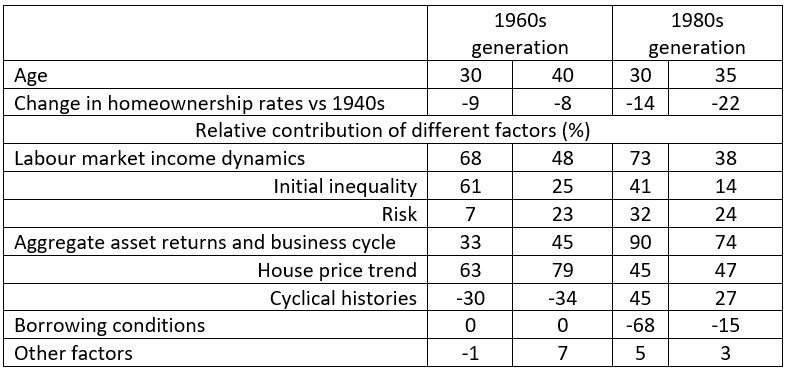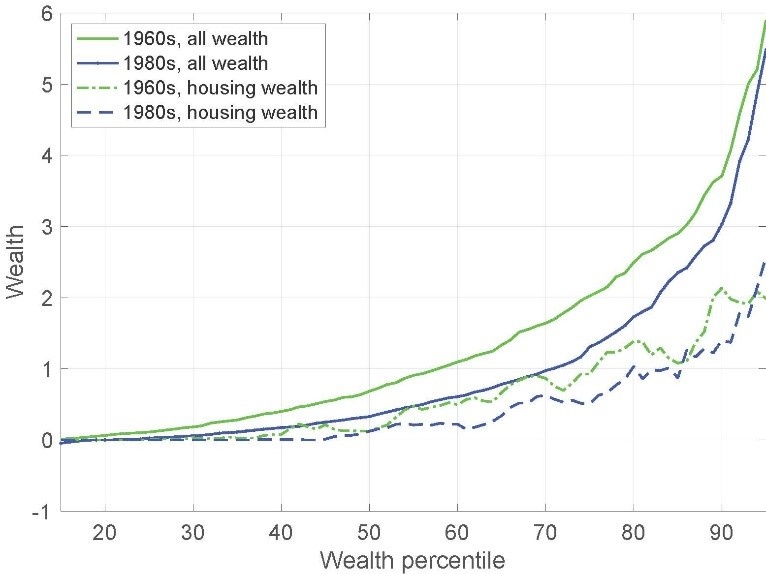References
Acemoglu, D., & Autor, D. (2011). Skills, tasks and technologies: Implications for employment and earnings. In Handbook of labor economics (Vol. 4, pp. 1043-1171). Elsevier.
Fisher, J. D., & Gervais, M. (2011). Why has home ownership fallen among the young? International Economic Review, 52(3), 883-912.
Goldin, C. D., & Katz, L. F. (2009). The race between education and technology. Harvard University Press.
Paz-Pardo, Gonzalo (2021). Homeownership and portfolio choice over the generations. ECB working paper No. 2522. Available at https://www.ecb.europa.eu/pub/pdf/scpwps/ecb.wp2522~7ad2cdbbb5.en.pdf
Rohe, W. M., Van Zandt, S., & McCarthy, G. (2002). Home ownership and access to opportunity. Housing Studies, 17(1), 51-61.


